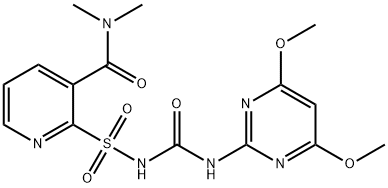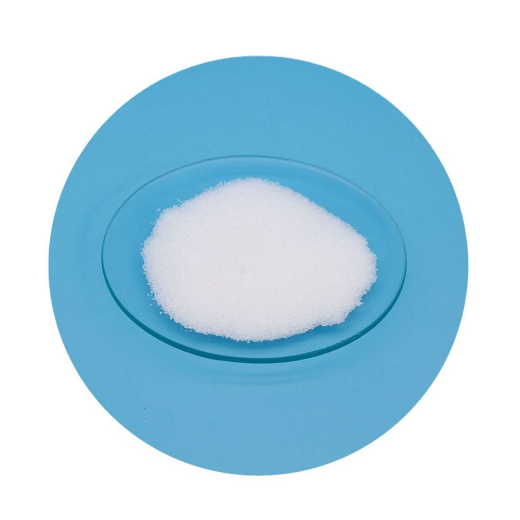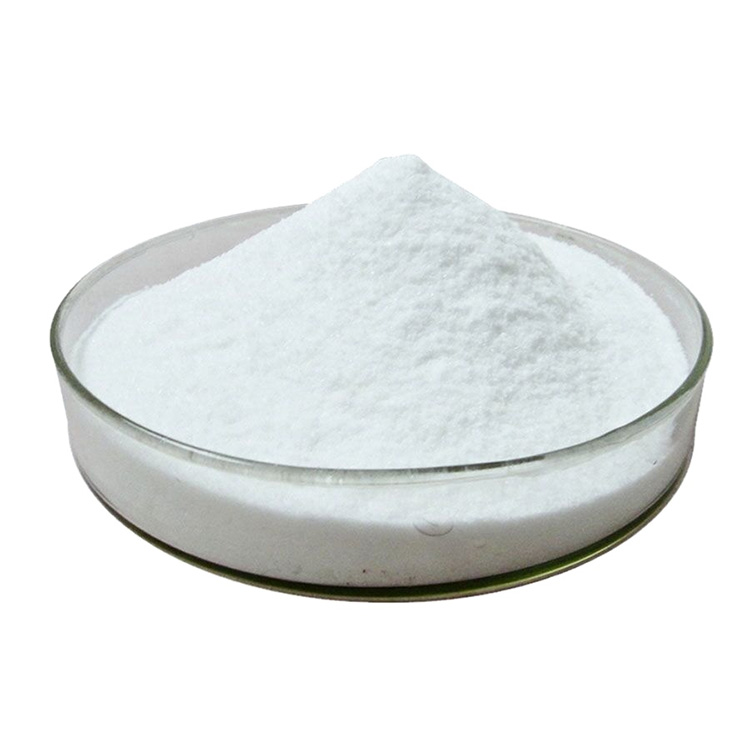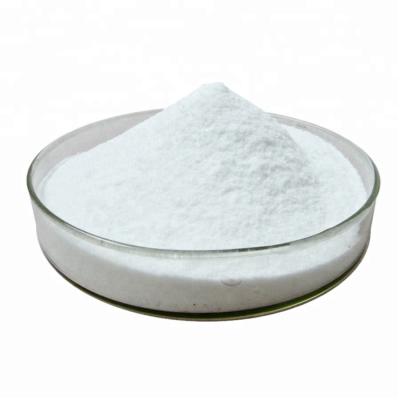Nicosulfuron Herbicide
Common name: NICOSULFURON
Chemical name:
1-(4,6-Dimethoxypyrimidin-2-yl)-3-(3-dimethylcarbamoyl-2-pyridylsulfonyl)urea 2-(4,6-Dimethoxypyrimidin-2-ylcarbamoylsulfamoyl)-N,N-dimethylnicotinamide
Molecular formula: C15H18N6O6S
It is used in rice seedling fields, Honda fields and direct seeding fields to control annual and perennial broad-leaved weeds and Cyperaceae weeds.
Common name: NICOSULFURON
Chemical name:
1-(4,6-Dimethoxypyrimidin-2-yl)-3-(3-dimethylcarbamoyl-2-pyridylsulfonyl)urea 2-(4,6-Dimethoxypyrimidin-2-ylcarbamoylsulfamoyl)-N,N-dimethylnicotinamide
Molecular formula: C15H18N6O6S
Structural formula:

Molecular weight: 410.4
CAS No. : 111991-09-4

Product description:
Nicosulfuron is a systemic and conductive herbicide, which can be absorbed by the stems, leaves and roots of plants and quickly transmitted. By inhibiting the activity of acetolactate synthase in plants, it prevents the branched-chain amino acids acetonide, leucine and isoleucine Amino acid synthesis prevents cell division and stops the growth of sensitive plants. Symptoms of weed damage include yellowing, chlorosis, and albino of the heart leaves, and then the other leaves turn yellow from top to bottom. Generally, symptoms of weed damage can be seen 3 to 4 days after application. Annual weeds die in 1 to 3 weeks. Perennial broad-leaved weeds with less than 6 leaves are inhibited, stop growing, and lose their ability to compete with corn. High doses can also kill perennial weeds.
Physical and chemical properties:
The pure product is white crystals. m.p.172~173℃, the solubility is: dichloromethane 16%, DMF6.4$, chloroform 6.4%, acetonitrile 2.3%, acetone 1.8%, ethanol 0.45%, hexane<0.002%, water 12%. Partition coefficient (n-octanol/water) 0.44 (pH=5), 0.017 (pH=7), 0.01 (pH=9). It is easy to decompose and metabolize in dilute aqueous solution and soil environment. Industrial products m.p.169~173℃.
Usage:
It is used in rice seedling fields, Honda fields and direct seeding fields to control annual and perennial broad-leaved weeds and Cyperaceae weeds, and it also has a certain inhibitory effect on barnyardgrass..Barnyardgrass, Crabgrass, Gooseweed, Setaria, Amaranthus retroflexus, Portulaca, Abutilon, Field bindweed, Cinnamomum vulgare, Sonchus, Golden Setaria, Wild millet, Solanum, Elsholtzia
Annual weeds and perennial broad-leaved weeds such as, cocklebur, dayflower, wind cauliflower, blue vegetables, wattle, artemisia, thistle, wild oats and so on.
Submitted successfully
We will contact you as soon as possible




